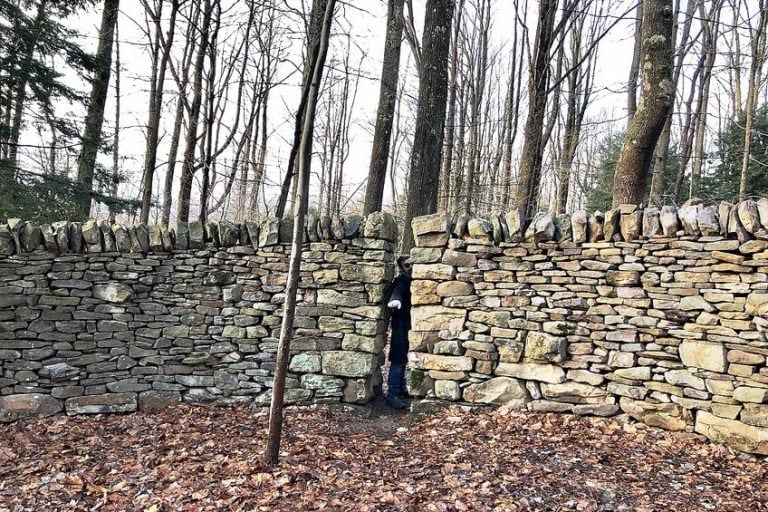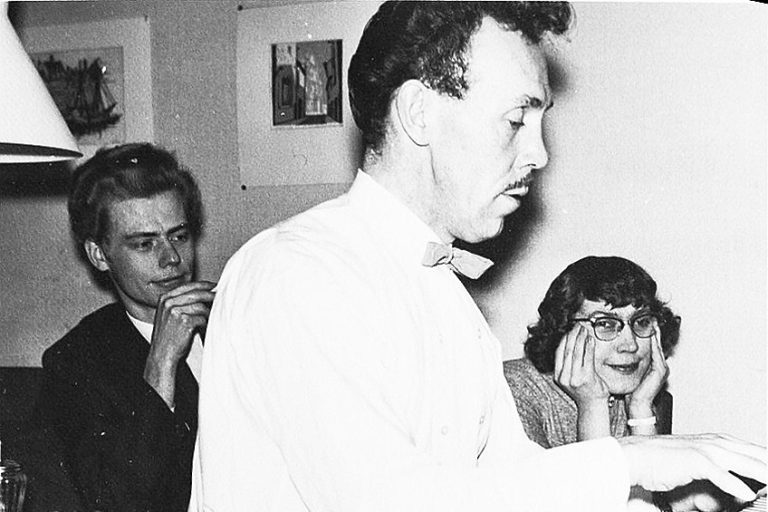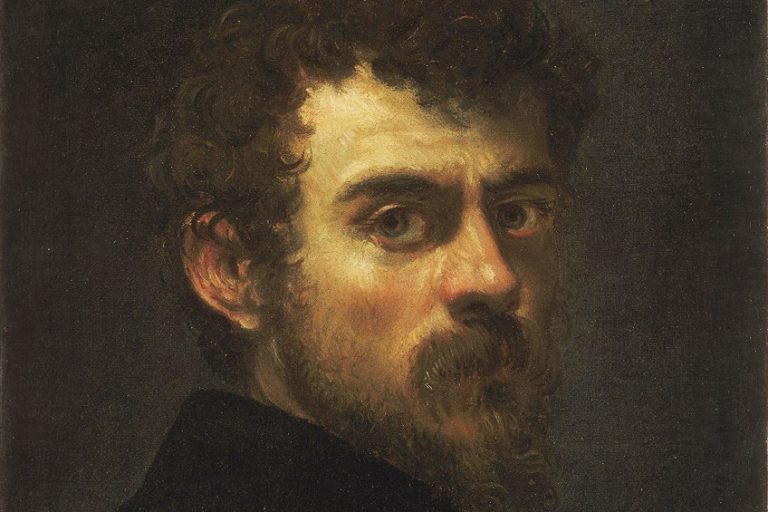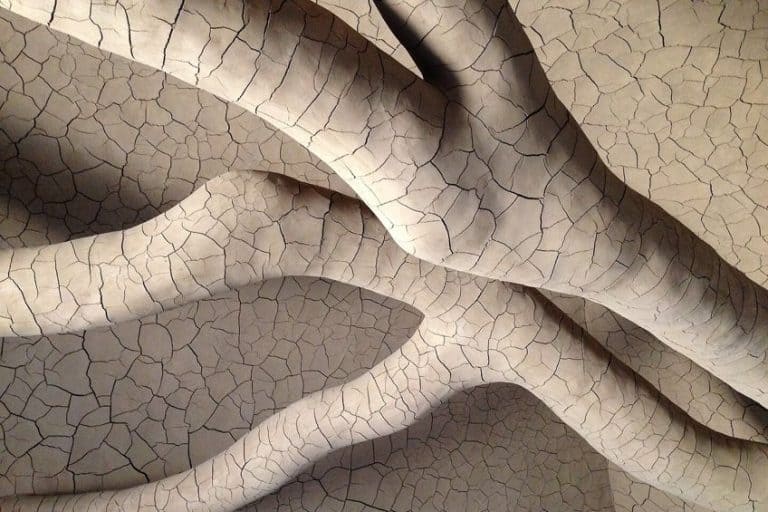Philip Guston – A Master of Bold Brushwork and Abstraction
Philip Guston was an influential American painter known for his distinctive style that transitioned from abstract expressionism to figurative art. Born in Montreal, Canada, Guston’s family moved to Los Angeles when he was a child. His early works were characterized by bold brushwork and abstract forms, reflecting the zeitgeist of post-war American art. However, in the late 1960s, Guston made a dramatic shift in his artistic approach, turning towards a more representational style with darkly comic and often controversial imagery. This transition sparked intense debates in the art world but cemented Guston’s reputation as a daring and innovative artist. Today, his works continue to provoke thought and discussion about the role of art in society.
Table of Contents
Key Takeaways
- Philip Guston’s art evolved from muralism to abstract expressionism and then to an emblematic figuration.
- His later works, noted for their cartoonish imagery, provoke thought on political and existential issues.
- Guston is recognized as a courageous artist whose influences and legacy are widely acknowledged within modern art.
Life and Career
| Birth | June 27, 1913 |
| Death | June 7, 1980 |
| Place of Birth | Montreal, Quebec, Canada |
| Genre of Work | Abstract Expressionism, Neoexpressionism, Figurative painting, and the New York School |
Philip Guston, born Phillip Goldstein, was a prominent Canadian American artist whose extensive career spanned various phases of artistic expression, from murals to introspective figurative canvases. Known for his significant influence in the modern art world, Guston’s journey reflects a dramatic shift in style, from abstraction to a cartoonish figuration marked by existential themes. His works encapsulate a narrative of personal exploration, reflecting his political, social, and existential reflections through a distinctive visual language.

Guston’s evolution as an artist was marked by courage and controversy. In the 1950s and ’60s, he was a key figure in the New York School of abstract expressionism, but he later abandoned this style to pursue a more figurative approach, which initially drew criticism but later solidified his reputation as a pioneer. His bold transitions between styles challenged the expectations of critics and the public alike, demonstrating his commitment to personal expression over prevailing trends.
Guston’s legacy is preserved in his paintings, drawings, and teachings, which continue to be celebrated and studied across the world, revealing a life of constant artistic reinvention.
Early Years and Education
Born as Phillip Goldstein in Montreal, Philip Guston moved to Los Angeles with his family during his early childhood. He began his education at the Otis Art Institute in 1930, charting a path that would lead him to become an influential painter and muralist. In the year 1935, his early recognition came when he won a scholarship to the School of Fine Arts in New York.

Critical Milestones
Guston’s career was marked by significant milestones during the mid-20th century. By 1941, he was deeply involved in the Federal Art Project, a part of the Works Progress Administration (WPA), which provided him the platform to execute murals with social themes.
This period underscored his early reputation as a social realist.
- 1967 saw Guston’s bold artistic shift from Abstract Expressionism to more figurative works. This daring move was initially met with criticism but would later be seen as a pivotal point in his career.
- In 1970, his exhibition at the Marlborough Gallery in New York featured these new figurative paintings, marking his full commitment to this style.
Mature Period
Guston’s mature period was characterized by his move from Los Angeles to New York, a pivot central to his development as an artist. He cemented his place in the New York art scene and continued to push boundaries with his evolving abstract style. This gained him further esteem among his contemporaries.
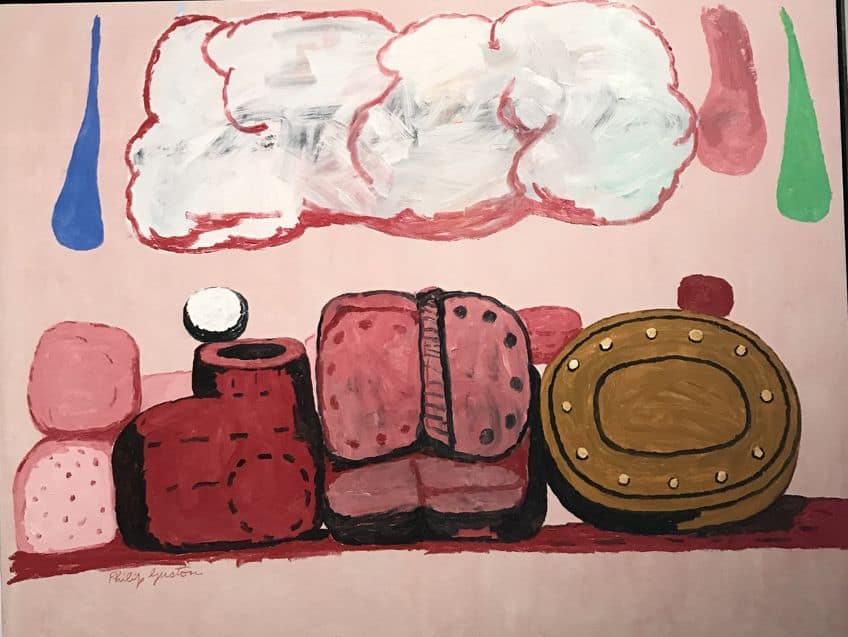
Late Period and Death
In the 1970s, particularly 1971, Guston’s late period marked his further progression into figuration, with a vivid palette and more personal symbolism in his work. It was during this time that he refined his style, incorporating elements of his past experiences and reflections on personal and social issues.
Philip Guston passed away on June 7, 1980, in New York, leaving behind a legacy that has continued to influence and challenge artists and critics alike.
Artistic Evolution
Philip Guston’s career was marked by a dramatic shift from murals and abstract expressionism to a distinctive, cartoonish figuration. This evolution reflects a wider narrative of the 20th-century art scene, inevitably tying his work to the broader developments within modern art.

Emergence of Abstract Expressionism
In the 1950s, Guston gained prominence within the New York School, a group that espoused Abstract Expressionism. Aligning with peers like Jackson Pollock, Guston’s work during this time was characterized by abstraction—his canvases composed of freeform, gestural brushwork. This period was highlighted by his involvement with oil on canvas, pursuing an interest in the textural possibilities of the medium.
Experimentation with abstraction allowed Guston to explore the limits of expression, distancing from figurative accuracy and delving into the artist’s psyche.
Later Figurative Works
In the late 1960s, Guston’s style underwent a significant transformation, returning to figurative painting with a series of provocative works. One distinct characteristic of this later period is the recurring image of hooded figures, exemplified by his painting Remorse, conveyed through a neo-expressionist approach. These oil-on-canvas creations displayed a rugged boldness and a move towards a personal iconography that incorporated elements of his Jewish heritage and reflections on contemporary social issues. The introduction of these hooded figures marked a new chapter in Guston’s oeuvre and contributed to the conversation around modern art. His later paintings, including works like The Studio, a notable self-portrait, further illustrate Guston’s courage in confronting the boundaries between the abstract and the literal.

Controversial Themes and Influences
Philip Guston’s art, renowned for its bold political statements and incisive cultural commentary, frequently engaged with themes of racism, prejudice, and the banality of evil, offering a searing exploration of American identity. Guston’s engagement with social and racial justice issues can be seen in his depiction of the Ku Klux Klan in his works. Straying from the safety of abstraction, he boldly addressed the evils of white supremacy and racism. His Klansmen are not the usual figures of terror but are instead rendered in a way that strips them of their power, inviting viewers to question the banality of evil and the role of individuals within systems of oppression.
For instance, in Drawing for Conspirators (1930), Guston portrays a lynching with stark and disturbing clarity.
Cultural Commentary
As a muralist and an American painter, Guston’s earlier work reflected a direct response to the rise of fascism and antisemitism of the 1930s and 1940s. His transition to figuration in the later part of his career continued to spark dialogues, this time exposing the threats within American society. His figurative paintings from the 1969 to 1979 period explicitly criticized cultural and societal norms, challenging viewers to reconsider their perspectives on racism and prejudice. Guston’s art stands as a controversial yet vital part of cultural discourse, provoking reflection on the unsettling facets of American life.

Legacy and Recognition
Philip Guston’s enduring impact on contemporary art is evidenced by his widespread representation in prestigious collections and the influence he exerted on the development of modern art. With a career that saw dramatic shifts in style, Guston’s legacy is marked by his fearless innovation and the lasting relevance of his works.
Guston’s work is prominently featured in major museums around the globe. Key exhibitions underscore his significance:
- 1964: His abstract expressionist works are exhibited at the Marlborough Gallery in New York.
- 1973: A retrospective at The Museum of Fine Arts, Houston, cements his place in modern art history.
- 1978: The Guston Foundation is established to preserve his legacy.
- Other notable institutions that hold Guston’s work include the Metropolitan Museum of Art, the Tate Modern in London, and the National Gallery of Art.
Guston’s pieces are also part of private collections, highlighted by the Edward R. Broida Trust and the Eliza McMillan Trust at the Saint Louis Art Museum. A promised gift from the estate of Edward R. Broida to The Museum of Modern Art significantly expanded their collection of Guston’s works.
Impact on Modern Art
Guston’s evolution from murals to abstract expressionism and finally to a more figurative style has deeply influenced modern art. His bold responses to social issues, such as the Vietnam War and civil rights events like the Scottsboro Boys trial, reflect his engagement with the turmoil of his times.
- His late works, which revisit figurative painting, challenged the dominance of abstraction and were seminal in the resurgence of interest in representational art.
- Influences in his works range from Renaissance painters such as Piero della Francesca to themes reflecting on political surveillance, symbolized by “red squads.”
- In 1976, Guston’s paintings commanded attention at auction. A new auction record is later set at Christie’s, indicating his rising prominence in the art market.
Philip Guston’s fearless exploration of form and his commitment to social commentary through art have solidified his standing as a crucial figure in 20th-century art, whose work continues to provoke and inspire.

Philip Guston’s legacy as an artist is one of profound evolution and artistic bravery. His journey from abstract expressionism to figurative art challenged conventions and pushed the boundaries of what art could express. Despite facing criticism and controversy, Guston remained true to his vision, leaving behind a body of work that continues to captivate and inspire audiences around the world. His willingness to explore new territories and confront challenging themes ensures that his impact on the art world endures, making him a significant figure in 20th-century American art history.
Frequently Asked Questions
What Influenced Philip Guston’s Shift in Artistic Style?
Philip Guston’s artistic style underwent significant changes throughout his career. His shift from the lyrical abstraction and figuration of the 1950s to the cartoonish iconography of the 1970s was due in part to his reflection on personal experiences and social realities. The historical context of his times, including the turbulence of the 1960s, heavily informed his radical transformation in style.
What Themes Are Prevalent in Philip Guston’s Artwork?
Guston’s work is marked by themes of personal narrative and social commentary. He addressed challenging and uncomfortable issues such as white supremacy, racism, anti-Semitism, and violence. Despite the gravity of these themes, Guston’s engagement with the act of painting also brought a palpable joy to his process, creating a complex interplay between subject matter and artistic practice.
How Has Philip Guston Impacted Modern Art?
Philip Guston has left an indelible mark on modern art, noted for his bold departures from prevailing artistic trends and for his unabashed confrontation of societal injustices through his paintings. His influence extends to his role in the New York School and the evolution of figurative painting in the 20th century, inspiring subsequent generations to examine their contexts and modes of expression.
Isabella studied at the University of Cape Town in South Africa and graduated with a Bachelor of Arts majoring in English Literature & Language and Psychology. Throughout her undergraduate years, she took Art History as an additional subject and absolutely loved it. Building on from her art history knowledge that began in high school, art has always been a particular area of fascination for her. From learning about artworks previously unknown to her, or sharpening her existing understanding of specific works, the ability to continue learning within this interesting sphere excites her greatly.
Her focal points of interest in art history encompass profiling specific artists and art movements, as it is these areas where she is able to really dig deep into the rich narrative of the art world. Additionally, she particularly enjoys exploring the different artistic styles of the 20th century, as well as the important impact that female artists have had on the development of art history.
Learn more about Isabella Meyer and the Art in Context Team.
Cite this Article
Isabella, Meyer, “Philip Guston – A Master of Bold Brushwork and Abstraction.” Art in Context. May 20, 2024. URL: https://artincontext.org/philip-guston/
Meyer, I. (2024, 20 May). Philip Guston – A Master of Bold Brushwork and Abstraction. Art in Context. https://artincontext.org/philip-guston/
Meyer, Isabella. “Philip Guston – A Master of Bold Brushwork and Abstraction.” Art in Context, May 20, 2024. https://artincontext.org/philip-guston/.




